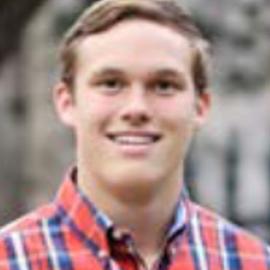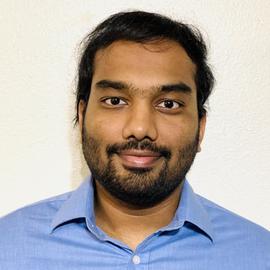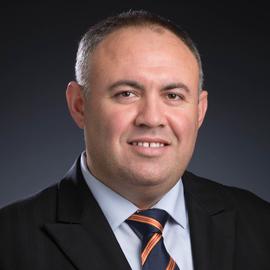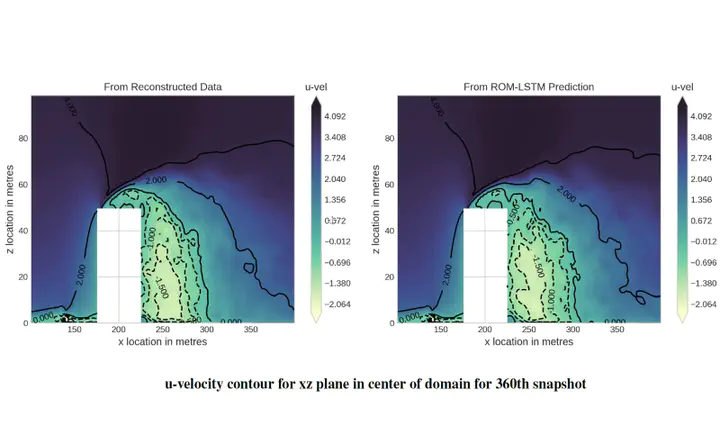Investigation of Airflow around Buildings using Large Eddy Simulations for Unmanned Air Systems Applications
Tyler Landua, Rohit Vuppala, Kursat Kara
January, 2022
Abstract
The ever-increasing demand for Unmanned Aircraft Systems (UAS) has led to the desire to integrate them into dense urban spaces, a reality previously thought of as inconceivable. One of the main concerns to be addressed before its widespread adoption is safety, especially in areas of operation adjacent to buildings. Unanticipated wind gusts or turbulent flow conditions prevalent around various structures constitute a significant challenge for UAS operations in urban environments. This work investigates the effect of building geometries on the flow field in a simplified urban setup consisting of an isolated building to predict their potential impacts on UAS operations. We use Large-Eddy Simulation to understand better the unsteady and highly coherent turbulent flow structures produced by buildings in neutral atmospheric boundary layer flow. Furthermore, we also demonstrate a non-intrusive machine learning methodology to predict flow fields to augment safe wind-aware navigation systems for Unmanned Aerial Vehicles as a first step toward safely integrating UAS into existing aerial infrastructure.
Publication
AIAA SciTech 2022

Tyler Landua
B.Sc., Current Position: Structural Engineer at Boeing

Rohit Vuppala
Ph.D., Current Position: University of Chicago

Kursat Kara
Associate Professor, Mechanical and Aerospace Engineering
Kursat Kara is an Associate Professor of Mechanical and Aerospace Engineering at Oklahoma State University and principal investigator of the Kara Aerodynamics Research Laboratory. His research spans hypersonic boundary-layer physics, unsteady aerodynamics, and the emerging interface of quantum computing and fluid dynamics. A dedicated educator and mentor, he teaches core and advanced courses—including Fundamentals of Aerodynamics, Computational Fluid Dynamics, Boundary-Layer Theory and Transition, and Quantum Computing—and supervises graduate and undergraduate projects in high-fidelity simulation and data-driven modeling. His work has been funded by NASA, NSF, Oklahoma NASA-EPSCoR, NAVAIR, ANSYS, and IBM Quantum. In 2025, he received the CEAT Excellent Faculty Award and was nominated for both the 2024 Excellent Teacher Award and the 2025 Excellent Faculty Award by OSU’s School of Mechanical and Aerospace Engineering. Dr. Kara earned his Ph.D. from Old Dominion University with a dissertation on hypersonic boundary layer receptivity to acoustic disturbances. He began his career as a research engineer at New England Analytics (supporting Sikorsky Aircraft), then completed a post-doctoral appointment at Penn State in hot jet simulations for aeroacoustics. In 2010, he helped establish the Aerospace Engineering Department at Khalifa University—where he won the President’s Faculty Excellence Award for Outstanding Teaching in 2015—before joining OSU. An active member of AIAA and APS, he served on the AIAA Applied Aerodynamics Technical Committee (2012–2021) and chaired/co-chaired multiple AIAA conferences. He also sits on the editorial board of Nature Scientific Reports and guest-edits its Quantum Computing collection.
